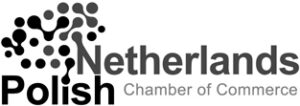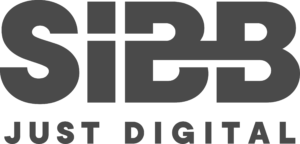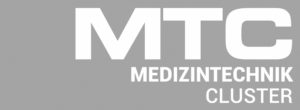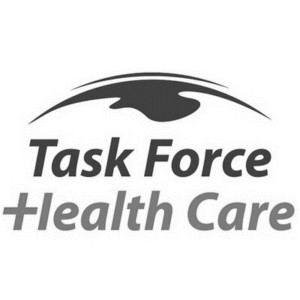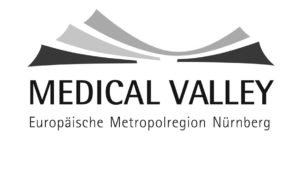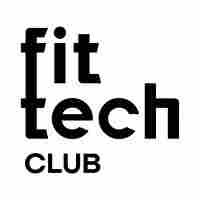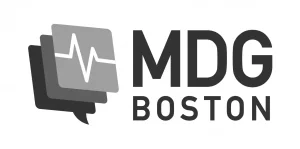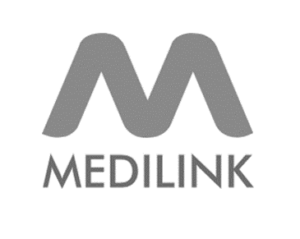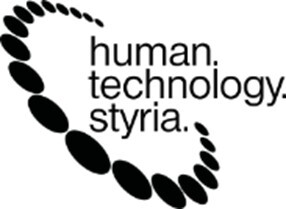With the proliferation of the Internet of Things (IoT) devices, there has been a huge transformation in terms of smart cities, connected manufacturing, wireless communication, and connected healthcare.
Embedded medical devices reduce the time to diagnose and treat patients effectively since these systems run on a high-speed processor with rich operating system interface.
These devices store data of each patient on the cloud and use them for different analysis and diagnosis purpose on a repetitive basis, decreasing the overall treatment turnaround.
How Embedded IoT Medical Devices Work
IoT medical devices work by connecting to different hardware for the diseases examination purpose. The device system has a touchscreen interface for users to input data for analysis and processing.
As a user inputs data related to the diseases, the system looks for symptoms pre-loaded into the file and tries to match with the provided input. If the match is found with the pre-loaded symptoms, the system responses with the disease name and generates a prescription for general medicine.
In case of a partial or no match, the system notifies to undergo a different test based on the input given by the user and pre-loaded file matching to identify the exact disease and provide prescription accordingly.
Prescriptions and other important details are stored on the cloud-based database management solution which can be used for future analysis. This patient information stored in the cloud can be also used for different analysis.
If proper disease information cannot be found by the given input and other tests performed, the system contacts the Doctor with the given information.
Workflow of IoT Medical Devices
User:
The user will provide the input via a touchscreen panel for the symptoms into Embedded Medical Device. The user also needs to provide all the personal information such as name, contact number, age, etc. Then, the embedded device will return generic medicine prescription for the disease found based on the input or contact the Doctor if the disease is not found.
Embedded Medical Device with IoT:
The embedded medical device receives inputs from the user to match the symptoms with a pre-loaded symptom file and tries to find the matching disease for same. It performs tests suggested based on the pre-loaded symptom file to get the exact match for the disease if the disease is not found by examining the symptoms. If the disease information is not found the system involves the doctor with the given information, who will consult the user, diagnose the disease and accordingly update the symptom file and disease file in the system.
Sensors used in Connected Healthcare Device:
- Glucometer
- Temperature Sensor
- Blood Pressure Sensor
- Airflow Sensor
- ECG Sensor
- EMG Sensor
Prescription for General Medicines:
Based on the input provided by the user, once the disease is found by the embedded medical device, it will look for generic medicine information in the pre-loaded prescription file, mapping the disease and medication.
Cloud Database Management System:
In this stage, the embedded device will store all the user details in the cloud database. This cloud-based solution can store the following information for future analysis:
- User’s personal information
- Information about symptoms
- Information about tests performed and their results
- Information about disease(s) diagnosedInformation about prescription and medication
- Information about Doctor’s consultation if any
- Device information from where all data is getting logged
- Device health information on cloud just to make sure that device is working fine that includes all the sensor status and other basic information
Different analysis reports can be generated based on above information stored in the cloud for future use and preventive actions.
Conclusion
The embedded IoT medical devices are helpful in the area where basic healthcare facilities are not available.
Based on the disease analysis and data stored in the cloud, it helps users cure the diseases on time and also take preventive actions.
However, it is important to know that a continuous network connectivity is required to integrate the medical device with the cloud.
Medical devices must be compliant according MDR, IEC 60601-1/2/6, IEC 62304, 510K and ISO 13485.
Here the full article from einfochips:
https://www.einfochips.com/blog/understanding-the-working-of-embedded-iot-medical-devices/

